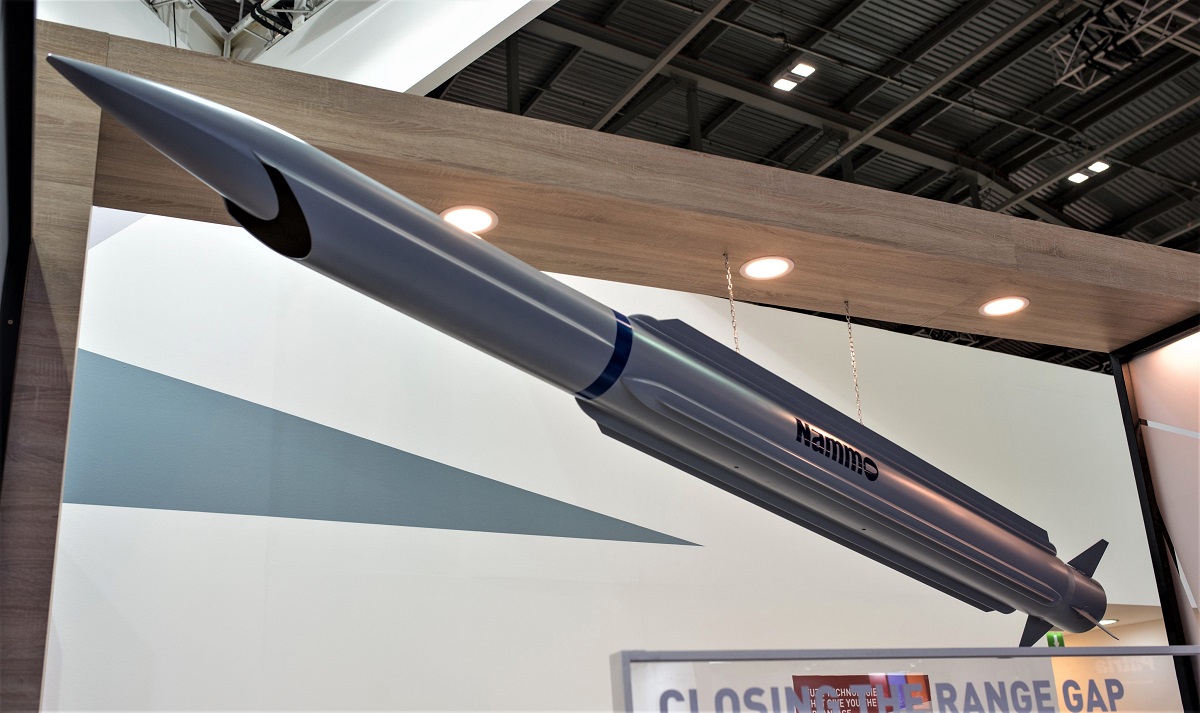On October 5, the US Defense Department announced a significant developmental test for the Tactical High-speed Offensive Ramjet for Extended Range (THOR-ER), a hypersonic rocket engine jointly developed by the US and Norway.
‘I Want To Live’ – Hundreds Of Russian Troops Appear To Be Surrendering; Is Ukraine’s ‘Hotline’ Tactic Working?
Russia’s Poseidon ‘Nuke Drone’ Test: Is US-Led NATO Making Mushroom Clouds Out Of A Molehill?
The department of defense described it as “an important milestone,” stating that the test vehicle successfully fired several times. The test demonstrated the effectiveness of ramjet propulsion technology and showed considerable increases in effective range.
The US and Norwegian governments jointly established the THOR-ER program in 2019. Its goal is to create full-size prototypes of solid-fuel ramjet technology that are affordable, capable of reaching high speeds and have an extended range.
The program will culminate in flight demonstrations under real-world circumstances.
In April 2020, the department stated that the THOR-ER defense project aims to develop solid-fuel rocket engines that allow missiles to travel at hypersonic speeds.
The program relies on cooperative research efforts involving the Office of the Undersecretary of Defense for Research and Engineering, the Norwegian Defense Research Establishment, Nammo, and other defense partners.

The recent tests achieved the goals of THOR-ER Phase 1.
Phase 1’s objective was to demonstrate jointly developed propulsion technology in flight, including novel high-energy fuels, sophisticated air injection, and throttling techniques, all of which will be necessary for future mission-flexible solid fuel ramjet (SFRJ) systems.
The first flight, on August 17, demonstrated an unguided vehicle with a steady SFRJ operating at various heights and speeds. The second test focused on a high-thrust flight profile the following day.
Both flights were successful, given that they demonstrated high supersonic speeds before ramjet burnout and splashdown.
“Program officials will continue to evaluate system performance based upon telemetry and other data obtained during the test,” said the Department of Defense in a press release.
“The SFRJ flight vehicle was accelerated to above Mach 2 with the help of a solid rocket booster and transitioned to ramjet mode. The flight phase was a resounding success with stable flight, robust ramjet operation, and a high thrust-to-drag ratio,” said the Executive Vice President of Aerospace Propulsion at the Nordic Ammunition Company (Nammo), Stein Erik Nodeland.
“The flights performed in accordance with pre-flight calculations, demonstrating a high-speed, long-range trajectory. All in all, this is a real milestone. While not the first ramjet vehicle, it is the first modern ramjet, with a potential for a great improvement in range, time to target, and agility,” he added.
USA’s Efforts to Challenge Russia And China
For the first time, the US may lag behind its rivals in an increasingly significant new arms race — the race to create hypersonic missiles, which are already tested or fielded by China and Russia.
A missile is hypersonic if it moves at least five times the speed of sound or around 5,600 km/h. These missiles can reportedly carry nuclear or conventional weapons capable of destroying ships and other critical military infrastructure.
This new arms competition has the potential to alter strategic calculations. Russian officials have positioned hypersonic craft with nuclear weapons to safeguard against potential US capability to shoot down ICBMs, which might compromise nuclear deterrence.
The latest test is another step in the US’ research and development efforts to build hypersonic weapons.
The Russian and Chinese demonstrations of hypersonic technology, according to the Norwegian aerospace partner Nammo, have forced Washington to step up its hypersonic research and development endeavors. The United States hopes to catch up to prospective rivals in propulsion by investing in the technology.

The THOR-ER is hailed as an emerging technology that could significantly contribute to the security of the US and its allies.
“The United States needs to work closely with our allies to ensure our joint force has the most cutting-edge capabilities on the battlefield,” said Heidi Shyu, Undersecretary of Defense for Research and Engineering.
“I commend the THOR-ER team on their outstanding work weathering the pandemic environment, continuing the development of this significant propulsion technology, and promoting continued science and technology collaboration with our partners in Norway,” she added.
Stephen Farmer, Director for Advanced Concepts, Prototyping & Experimentation at Naval Air Warfare Center Weapons Division (NAWCWD), predicted that the SFRJ would revolutionize the US Navy and its allies.
Nevertheless, the latest efforts by the US and Norway could significantly aid the US’ efforts to advance hypersonic technology.
- Contact the author at ashishmichel@gmail.com
- Follow EurAsian Times on Google News




